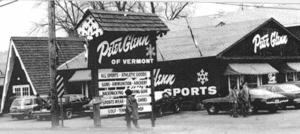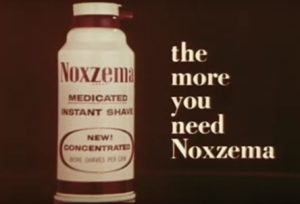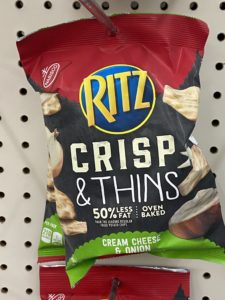These days, the Brand Manager is a sort of oracle. Everyone talks about their “brand” and what happens to “brands” and protecting “the brand.” And even though there are brand managers everywhere, we wonder how great brand names could be lost, or be ruined. How are brands like Sears, Mercury, Pontiac and like in jeopardy?
We wonder how good brands could be dropped, or lost, even when most national brands, however tarnished or ignored, have value.
What makes a good Brand Manager? (Note to readers: we used the universal “he” because it refers to both males and females.)
- He sees the full history of the brand. He keeps voluminous files of the usage and history of the brands, and has a little storage room shelf where all the packaging and products produced under the brand name are stored for reference.
- He consults with the old retired guard of the company regularly, to make sure that whatever good is in the brand is preserved.
- He guards the brand against folks who would put the name on incompatible goods, yet is not afraid to add new uses to the brand so that it can survive if its original market is disappearing or dying.
- Often, he publishes histories and catalogs of the brand; ideally if there is a corporate archivist he educates that archivist on the history, or vice versa.
- He is in touch directly with consumers of the brand, and listens to them without filtering from consultants, admen or research firms. He insures that the company website puts out this history, and allows consumers to interact with it in “user content” and add their lore and stories. Regularly, he contacts teens and college students, to know how the brand is perceived in those settings, and ensures that these groups know and appreciate the brands.
- He consults directly with management, and has a direct line to the board on all of these issues so that other folks in the company cannot undercut him if they fail in sales or development and blame it on the brand.
- Above all, he realizes that when a brand is out in the public, it is no longer his – it belongs to the public, and the company and he become servants, caretakers and protectors.














typo: insure should be ensure.